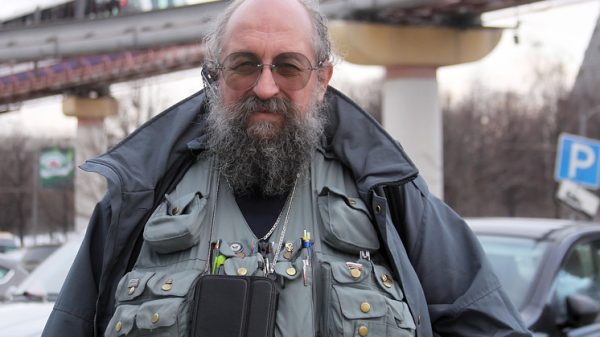South Korea’s population has fallen for the first time in the country’s history, as it battles an ageing population and chronically low birth rate.
The latest census figures, released at the weekend, show the population stood at 51,829,023 at the end of December, down from 20,838 from the previous year.
South Korea’s population had risen every year over the previous decade, although the growth rate had declined from 1.49% in 2010 to 0.05% by 2019, according to the Yonhap news agency.
Politician scolds female professor for not having child
Read more
Data reported by Yonhap showed the country recorded 275,815 births in 2020, compared with 307,764 deaths.
The trend, which has also led to a population decline in neighbouring Japan, is adding to pressure on the government to address the long-term demographic challenges posed by a rapidly ageing society and one of the lowest fertility rates in the world.
“Amid the rapidly declining birth rate, the government needs to undertake fundamental changes to its relevant policies,” the interior ministry said.
As its overall population shrinks, South Korea – Asia’s fourth-largest economy – is also experiencing a rise in the number of older people, with those aged 60 and over accounting for 24% of the total.
Depopulation is not confined to ageing rural regions; the population of the country’s capital, Seoul, fell by just over 60,000 last year, Yonhap said.
The administration of the president, Moon Jae-in, recently announced initiatives to encourage couples to have bigger families, including a one-off payment of 1m won [£675] for pregnant women and monthly cash allowances for children aged under 12 months.
But critics say the measures do little to tackle much bigger financial obstacles to having more children, such as high education and housing costs.
Pressure on family finances aside, some experts have pointed to growing opposition among South Korean women to conforming to social norms by raising children and caring for ageing in-laws while their husbands work.
In 2018, just over 22% of South Korean women who were single or had never married said they thought tying the knot was a necessary part of life, compared with almost 47% a decade earlier.
That shift is reflected in a drop in the number of marriages, from 434,900 in 1996 to 257,600 last year.
South Korea’s birth rate – or the average number of children a woman has during her lifetime – dropped to a record low of 0.92 in 2019, the lowest among all members of the Organisation for Economic Cooperation and Development.
That is well below the rate of 2.1 it needs to keep its population stable, and a sharp drop from 50 years ago, when the birth rate stood at 4.53.
If current trends persist, the government predicts South Korea’s population will drop to 39 million by 2067, when more than 46% of the population will be aged over 64.



















































Свежие комментарии